A block plane, unlike the larger planers used for flattening entire surfaces, is a small, handheld woodworking tool used for:
- Smoothing end grain:End grain is the grain exposed at the end of a board, notoriously tricky to plane due to its short wood fibers. The block plane’s low blade angle and small size make it ideal for this task.
- Fine-tuning surfaces: After a larger planer evens out a board’s surface, a block plane can be used for touch-up passes for an exceptionally smooth finish.
- Paring down edges and trimming projects: The precise control of a block plane allows for careful shaving of material along edges or for trimming projects to size.
Here are some of the typical characteristics of a block plane:
- Small size: Block planes are typically much smaller than bench planes, making them comfortable to use in one hand. This allows for more maneuverability and control.
- Low blade angle: The blade of a block plane is typically bedded at a lower angle (around 12-20 degrees) compared to other planes. This low angle helps to prevent tear-out, especially important when working with end grain.
- Metal body: Most block planes are constructed from cast iron or aluminum for durability and stability.
- Adjustable blade: The iron (blade) of the block plane can be adjusted for depth and lateral movement to fine-tune the shaving thickness and control where the blade cuts.
There are two main types of block planes:
- Standard block plane:This is the most common type, with a flat sole and a lever cap to secure the iron in place.
- Low angle block plane:This variation has an even lower blade angle (around 10-12 degrees) specifically designed for smoother cutting of end grain or difficult woods.
Here are some things to consider when choosing a block plane:
- Material: Cast iron block planes offer more stability, while aluminum planes are lighter weight for easier handling.
- Blade angle: Standard block planes (15-20 degrees) are good for general use, while low angle block planes (10-12 degrees) are ideal for end grain.
- Size: The size will impact comfort and maneuverability. If portability is a concern, a smaller block plane might be preferable.
Overall, a block plane is a versatile tool for woodworkers who value precision and detail in their projects

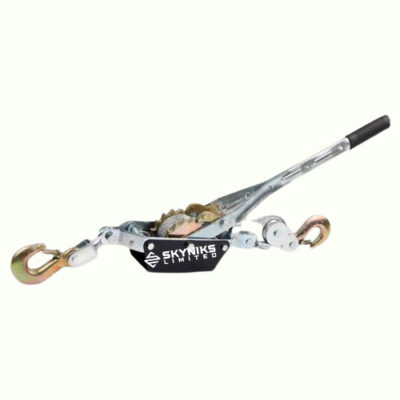





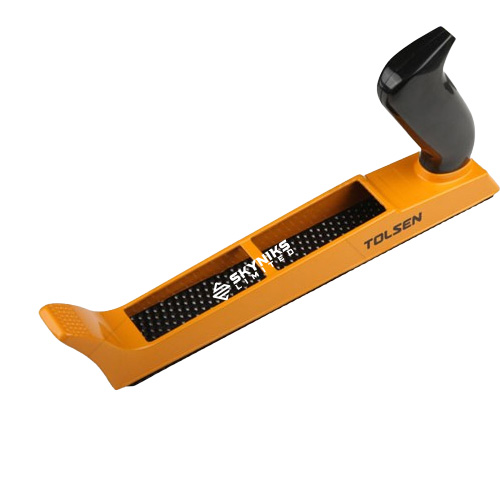
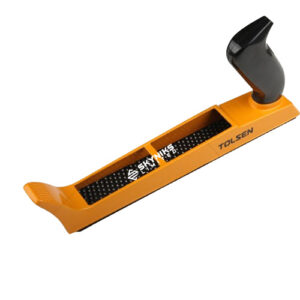
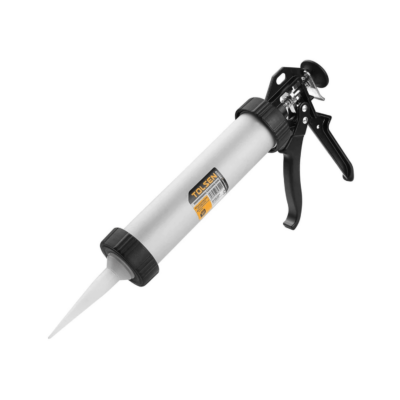
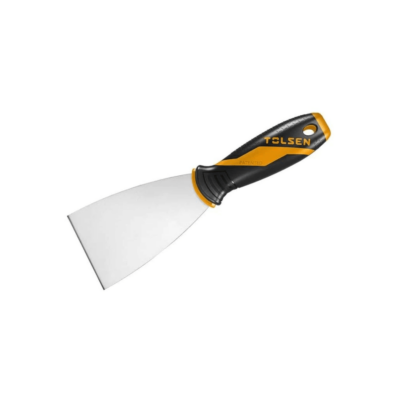
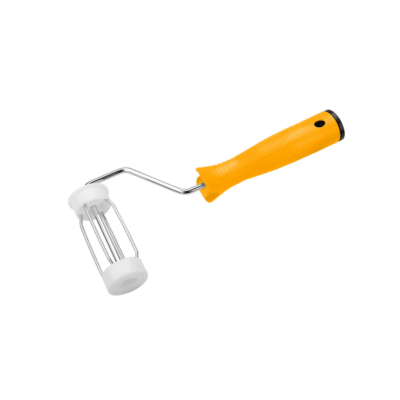
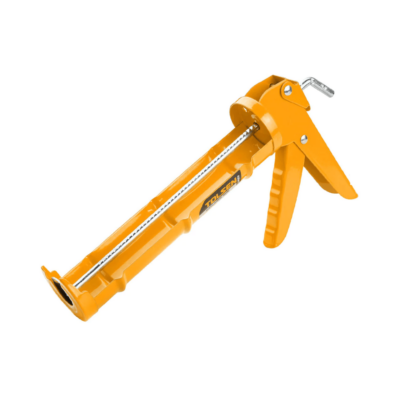
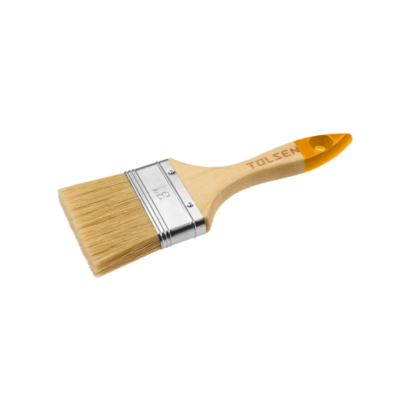
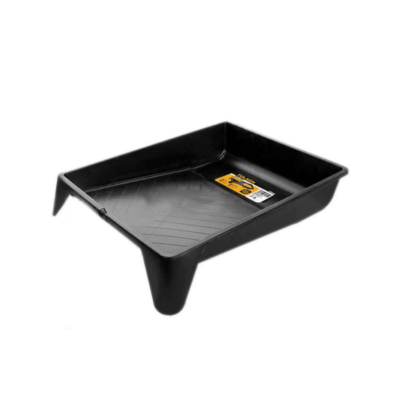
Reviews
There are no reviews yet.